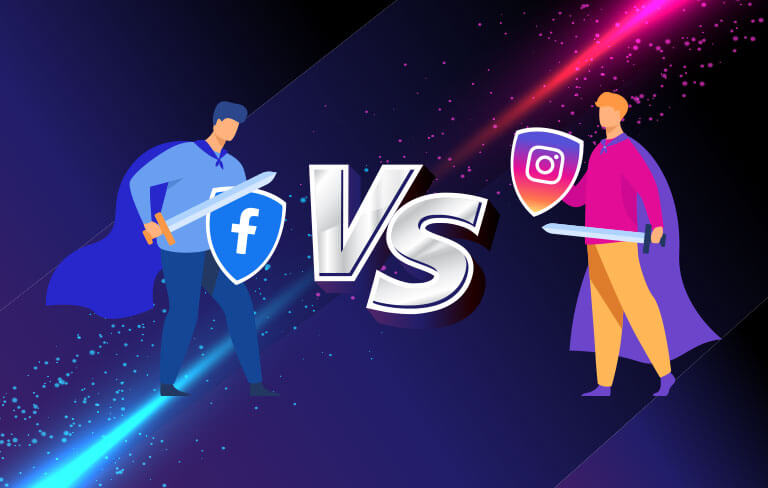Influencer marketing has proven to be a valuable method for marketing a brand or product. It has proven some of the key outcomes for brand building such as increasing brand awareness, reaching new audiences, increase consideration/ trial and even increasing brand advocacy. In Singapore, the most widely used social media platforms for influencer brand collaborations is Instagram, followed by YouTube, Facebook, blogs and Tik Tok.
When choosing which influencer to work with your brand, there is always a question that pops up. Micro-influencers or macro-influencers? The question remains, does influencer with larger audiences always deliver better results? Many marketers and brand managers still struggle to identify the right influencer, which can make or break a campaign.
Here are some key differences between micro and macro-influencers which we hope can help in your next campaign.
Micro-Influencers
Micro-influencers are social media users who typically have less than 10,000 followers. Their follower base is a tight-knit community that actively engages with their content which means they often have a higher engagement rate. They are more likely to get involved in the conversation with their followers. Therefore, engagement grows relationships and followers will feel more connected. Micro-influencer wants to keep it real with their audience and grow their account by being authentic.
Macro-Influencers
Macro-influencers are usually well known by the many, even considered famous to some. They could be someone who started as a micro-influencer and grew their follower base or already a prominent celebrity whose reputation carries over to their online platforms. Macro-influencers usually have followers in the region of tens of thousands to millions. By using macro-influencers, a brand/product is positioned in front of a bigger pool of people which is great for visibility and awareness.
However, consumers are more well informed these days and understand that macro-influencers are being paid, which leads many to believe the content is based solely on money and not authenticity.
There are many factors to consider when it comes to working with an influencer. When choosing influencers for your brand, always clearly define the objective of the campaign. Here are some factors and considerations when selecting influencers:
- Reach VS Engagement
- Budget
- Authenticity
- Content Quality
- Is their profile suitable for your brand?
- Do they share the same value with your brand?
- Do their followers resonate with your brand?
When in doubt, always go back to the objective and goals of the campaign and evaluate the long term and short term benefits. When working with a limited budget, engaging many micro-influencers and spreading out the posting dates are likely to be more economical than hiring only macro-influencers which will provide the reach you probably need in a short amount of time.
Looking for an influencer programme and not sure where to start? Let Us Help You Today!





